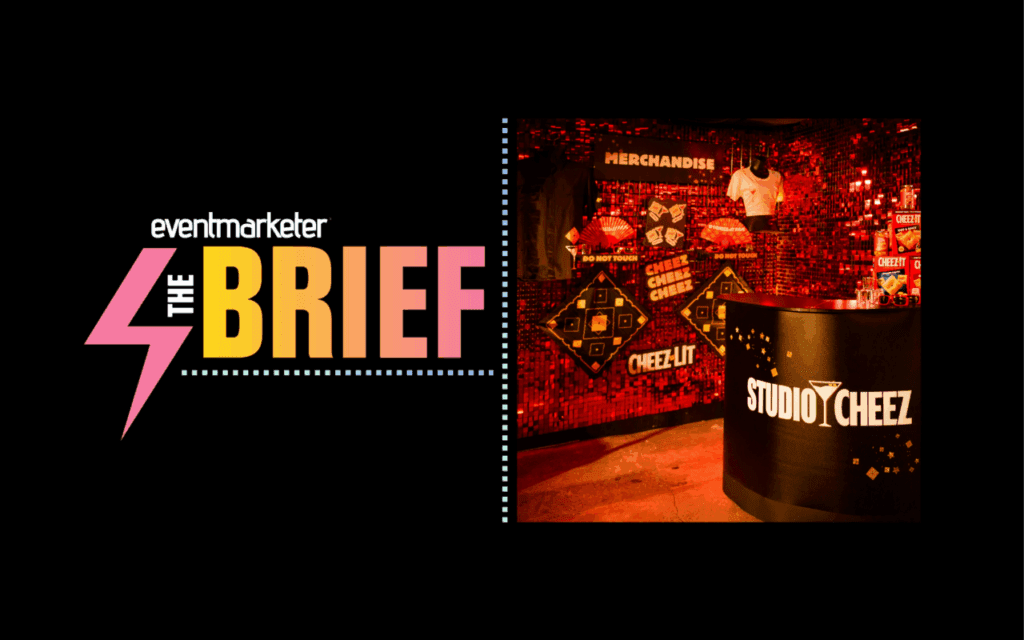(Searchline) Big-budget search marketers are entering the search channel, and they’re bringing sophistication in the shape of more intensive use of Web analytics and bid management tools.
Those are some of the top-line findings of the latest survey by JupiterResearch of leading company marketers and agencies with responsibility for search marketing. The “U.S. SEM Executive Survey 2006” polled 421 executives to get its picture of the near future of the industry, and then correlated it with findings from past surveys. (Jupiter has published the survey semi-annually since 2004 but this year went to an annual schedule.)
The search marketing landscape in this year’s Jupiter executive survey is not only better funded but also better equipped. “Sophisticated” SEMers—those that employ both Web analytics tools and keyword bid management systems—make up 25% of all search marketers this year, compared to 19% in last year’s survey. And a large proportion of those search sophisticates (44%) are the “big-big” companies with annual revenue of $50 million or more.
That trend has been fed by several developments, according to Sapna Satagopan, lead analyst for JupiterResearch. One is the release late last year of the free Google Analytics OnDemand product. While use of OnDemand didn’t get a company admitted to the ranks of the sophisticates, it may have served as a gateway for the flat-fee Google Urchin product, which did count as sophisticated.
Another development may have been the move by many third-party analytics firms to add bid-management tools to their feature sets. “For vendors like WebSideStory, it’s a logical extension of their suite of products,” she says. “They can allow clients to measure who’s coming into their sites from search and to manage the bids that produce that traffic at the same time.” These bid-management add-ons are usually priced to have more appeal for smaller companies, too.
And Jupiter found that those sophisticated search marketers are bidding more strategically for their keywords. Twenty-eight percent of the sophisticates are calculating their bids based on return on investment, compared to only 20% of the unsophisticated marketers; and 9% of sophisticates factor in the cost of goods sold through search marketing, versus 4% of unsophisticates.
But even those unsophisticates are wising up about their search marketing, Satagopan says: They’re less likely than they were last year to blindly pursue the “irrational bidding tactic” of making sure that they’re always in the top three paid listings on a term. This year’s survey showed 17% of unsophisticates adhering to that policy (compared to only 7% of sophisticates); that’s down from last year, when fully 25% of the unsophisticated marketers said they chased the top listings no matter what.
Jupiter found that per-marketer spending on search marketing increased last year, with almost 24% spending more than $500,000 on SEM in 2005, against 12% in 2004. At the other end, only 28% of respondents said they spent less than $10,000 on search marketing in 2005; darn close to half (44%) said so in last year’s survey.
And this year should see another spending boost, if the Jupiter survey is correct. Sixty-six percent of those polled said their companies will spend more on SEM in 2006 than they did last year. Again, the sophistication gap holds sway: 72% of sophisticated marketers plan to hike their search spend, compared to 64% of the unsophisticates. But both groups say they will use those bigger search budgets to optimize landing pages and create more targeted copy for search ads.
Satagopan and her team say some of the spending increase between 2004 and 2005 was due to an increasing cost of traffic, driven by a hike in keyword prices and a tendency to expand SEM efforts to new search providers. The latter is especially true among sophisticated marketers, who average just shy of four search engines for SEM compared to 3.2 for unsophisticates.
Another driver powering last year’s higher SEM budgets was an increase on the number of search marketers enlarging their keyword inventories. Jupiter found that the proportion of marketers bidding on more than 10,000 keywords rose from 6% of those polled in 2005 to 15% in 2006. Satagopan attributes this list expansion to a heightened interest in “long tail” keywords that might produce better targeted traffic at lower bid costs.
But a third factor probably played a part in creating these expanded keyword lists, says Satagopan: the rise of branding as a search marketing aim. Thirty-nine percent of Jupiter respondents said producing direct sales was their goal, making it the most commonly cited reason for search marketing. But 32% of marketers cited building brand awareness, making it the second most cited aim, ahead of generating leads for online products (29%).
Interestingly, Satagopan says, the ambition to do branding advertising with search marketing hasn’t been accompanied by a drive to measure the impact search marketing has on an advertiser’s brand awareness.
“Everybody wants to be up there when someone’s searching for them, wants their name in the first ad,” she says. “But how many people are actually tying that to a measurable value?” the measurements are available now, but brand marketers need to learn how to reconfigure direct-response conversion values such as traffic to microsites and e-mail registrations to estimate branding effects. Such metrics will probably be adopted in time, but right now, she says, few branders are doing that translation work.
Other significant takeaways from the Jupiter 2006 SEM Executive Survey:
* When asked about SEM problems their companies have experienced, sophisticated search marketers most often pointed to rising keyword prices (59%) and the increased competition for rankings among paid listings (57%). For unsophisticated marketers, the leading concern was tracking the effectiveness of their search marketing efforts (51%), while simply choosing keywords vied with competition as number two worry (47% for each.) Truth be told, 51% of sophisticates also said SEM effectiveness was a worry.
*Almost half (46%) of search sophisticates said they attempted to balance paid search and organic optimization in their companies’ SEM campaigns, compared to 35% of unsophisticates who made the same claim. Unsophisticated marketers were more likely to favor either one tactic or the other; 9% said they do only paid search and 12% rely only on organic, compared to 6% and 1% respectively for the other group.
*Click fraud was near the bottom of the list of concerns for the sophisticated (19%), but loomed slightly larger for the un-group (23%). For the latter, fraud was a bigger worry than broad or phrase matching, contextual advertising, declining ROI and how to choose an SEM firm. Click fraud is dependent on business category to some extent, so it may be that many marketers really haven’t been affected just by reason of the industries they’re involved in.
But Satagopan points out that as marketers move into new search providers in the hope of buying traffic at lower bid prices, they may come under increased assault from bogus clicks and so should be forewarned. Sophisticates may benefit from being more likely to outsource search marketing, which tends to create an impression that click fraud is the concern of their SEM agency. Those who are doing branding advertising in mass media may also be more inclined simply to write fraud off as another cost of overall marketing, Satagopan says.
* Speaking of outsourcing, 56% of the large marketers polled said they outsource one or more of their search marketing functions, most often the management of their paid listings. On the sophistication spectrum, 84% of sophisticated companies use search agencies for one or more services, usually bidding or paid search implementation. As search complexity increases, this should carry over to at least the top level of the unsophisticated group, who will need to raise the level of their game to stay competitive.
* When it comes to choosing an SEM agency, Jupiter found that the sophisticates most often said they wanted a firm that could set and meet expectations (54%), followed by one that had proven experience in their vertical industry category (39%.) Setting and achieving specific goals in growth makes sense as a top concern for companies that are allocating big budgets to search marketing. And experience becomes more important as health and pharmaceutical companies find their way into search marketing—categories that are circumscribed by regulations about when and how they can market themselves, Satagopan points out.
* Meanwhile, the unsophisticated group, which tends to include the smaller companies, most often named pricing as its top criterion for choosing an SEM firm (40%). While many of these are too small to consider paying for both keyword bids and the 15% to 20% charge that most SEM firms apply, agencies with a talent for spotting growth potential might successfully work with these price-sensitive clients in expectation of a bigger payout as they grow.
 Network
Network

